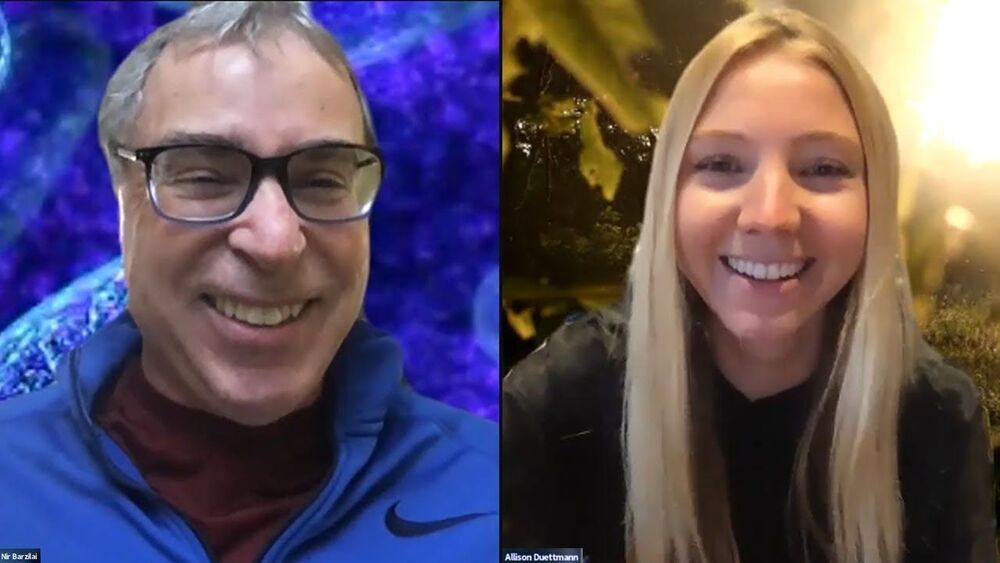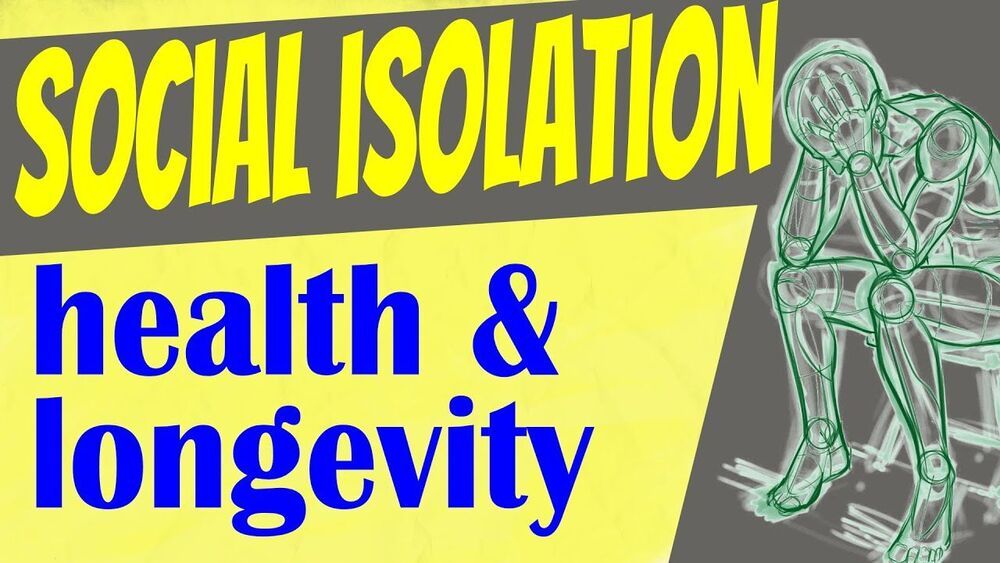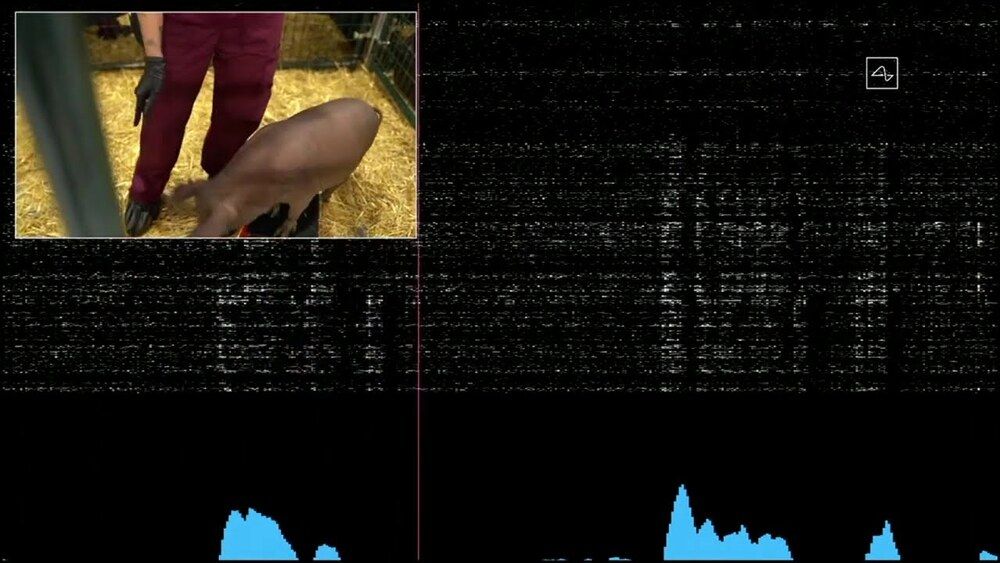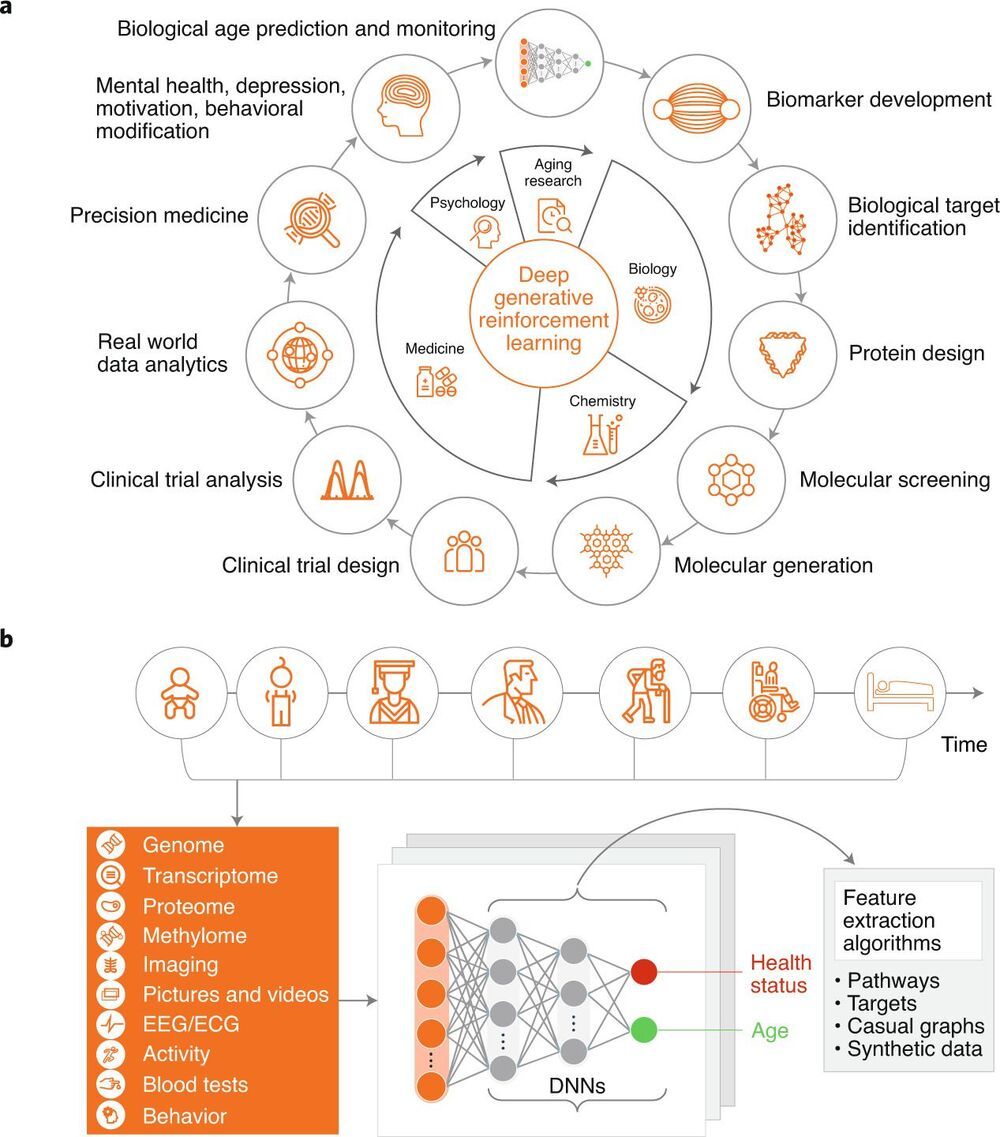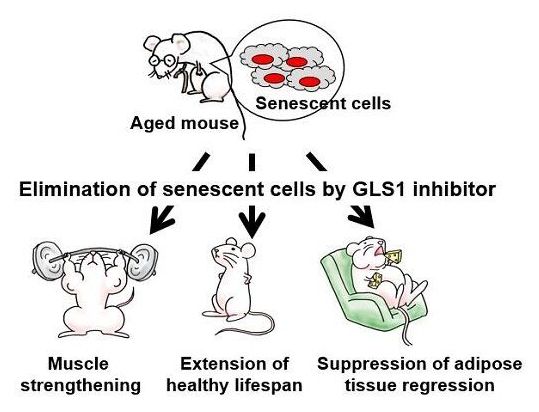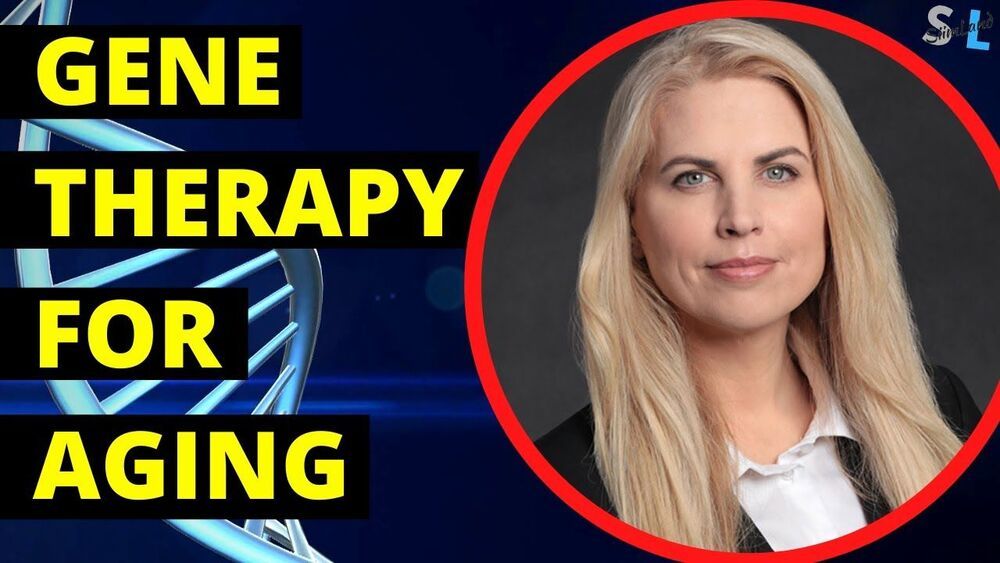Important here is at 38:13 where he says not only is his TAME trial paid for but an organization is going to pay a billion dollars per year on aging. He was not allowed to give details but it was going to start this month. I’ll be watching for the news.
Zoom Transcription: https://otter.ai/u/vTb6HEbcyTXBPgVrgRzB3I0CDC8
Dr. Nir Barzilai discusses the TAME Trial and what this group may learn from the successes for advancing progress on biomarkers in particular and on aging in general.
About Nir Barzilai:
Nir Barzilai, MD, is a Professor in the Department of Endocrinology Medicine and the Department of Genetics at the Albert Einstein College of Medicine. He is also the Ingeborg and Ira Leon Rennert Chair of Aging Research at the Albert Einstein College of Medicine.
Dr. Barzilai is the founding director of the Institute for Aging Research at Albert Einstein College of Medicine and the Director of the Nathan Shock Center for Excellence in the Basic Biology of Aging, funded by the National Institutes of Health (NIH); the center is coordinating 80 investigators and six program projects on the biology of aging. He is also the director of the Glenn Center of Excellence in the Biology of Human Aging. He is a chaired professor of medicine and of genetics and a member of the Diabetes Research Center and the divisions of endocrinology and geriatrics.
Dr. Barzilai’s interests focus on several basic mechanisms in the biology of aging, including the biological effects of nutrients on extending life and the genetic determinants of life span. His team discovered many longevity gene in humans, and they further characterized the phenotype and genotype of humans with exceptional longevity through NIH awards. He also has an NIH Merit award investigating the metabolic decline that accompanies aging and its impact on longevity.
Dr. Barzilai has published more than 270 peer-reviewed papers, reviews and chapters in textbooks. Dr. Barzilai serves on several editorial boards and advisory boards of pharmaceutical and start-up companies, and is a reviewer for numerous journals. A Beeson Fellow for Aging Research, Dr. Barzilai has received many other prestigious awards, including the Senior Ellison Foundation Award, the 2010 Irving S. Wright Award of Distinction in Aging Research, the NIA–Nathan Shock Award and a merit award from the NIA for his contributions in elucidating metabolic and genetic mechanisms of aging and was the 2018 recipient of the IPSEN Longevity award. He is leading the TAME (Targeting/Taming Aging with Metformin) Trial, a multi-center study to prove the concept that multi morbidities of aging can be delayed in humans and change the FDA indications to allow for next generation interventions.
